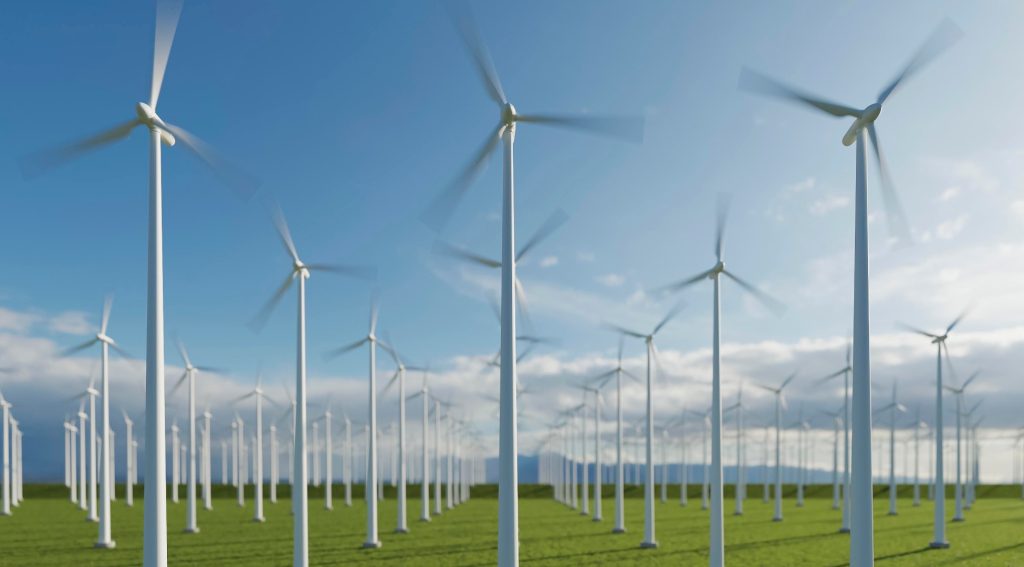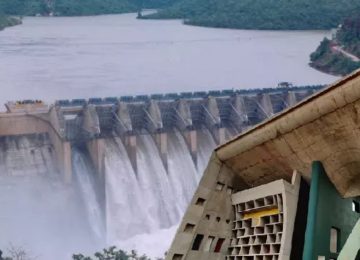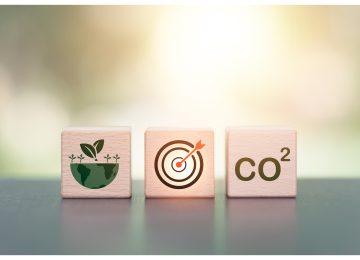India has achieved a major energy milestone: as of July 2025, half of the country’s total installed power generation capacity (242.8 GW of 484.8 GW) now comes from non-fossil fuel sources. A goal met five years ahead of its 2030 commitment under the Paris Agreement. This is a clear testament to India’s rapid acceleration towards a low-carbon future. This achievement not only marks domestic progress but also positions India as a pivotal contributor to global climate mitigation efforts.
“Achieving 50 per cent non-fossil fuel capacity five years ahead of the 2030 target is a proud moment for every Indian. Prime Minister Narendra Modi’s leadership continues to drive Bharat’s green transformation—paving the path towards a self-reliant and sustainable future.” Pralhad Joshi, Minister of New & Renewable Energy)
Key Numbers at a Glance
Total installed capacity: 484.8 GW
| Non-fossil (clean) sources | 242.8 GW (includes renewables, large hydro, nuclear) |
| Achieved in 2025 | original target was 2030 |
| Global standing | Among top three in renewable capacity addition |
What Drove India’s Accelerated Progress?
Policy Support: The 2015 scaling-up of the renewables target, the 2021 Glasgow pledge (500 GW renewables by 2030), and expansion to large hydro and nuclear have underpinned this transition.
Major government interventions: Flagship schemes such as PM-KUSUM, PM Surya Ghar: Muft Bijli Yojana, Solar Parks, National Wind-Solar Hybrid Policy, and strong backing for domestic manufacturing and R&D have propelled growth.
Rapid Capacity Additions: In 2024, India added nearly 28 GW of solar and wind; from January-May 2025, an additional 16.3 GW were installed—signals of intensifying momentum. The government’s pivot from “megawatts to gigawatts” spurred record-breaking projects and investments, with renewables—including large hydro and nuclear—now recognized as pillars of India’s clean energy architecture.
Economic Benefits: The clean energy surge has boosted domestic manufacturing, created jobs, stimulated supply chains, and accelerated grid and battery storage technology innovations. States at the forefront of renewables, such as Gujarat, Rajasthan, Tamil Nadu, and Karnataka, have experienced significant infrastructural and economic growth.
Global Comparison
| Country/Region | Share of Non-Fossil Installed Capacity (2025) | Ambition by 2030 | Standout Features |
| India
|
50% | 500 GW non-fossil | Fastest grower since 2022 |
| EU (EU-27) | ~58% (renewable only; 2024 est.) | 42.5% renewables in end-use | Mature markets, grid issues |
| China | ~50% (renewable incl. large hydro; est. 2024) | 1,200 GW renewables | Large hydro, rapid wind/solar |
| USA | ~40% (renewable + nuclear, 2024 est.) | 80% clean (target 2030) | Grid modernization underway |
***India’s share includes renewables, large hydro, and nuclear
Despite this historic leap, India faces several steep challenges:
- While clean capacity grows, coal still meets a large share of India’s actual electricity generation and total energy consumption needs. The country plans to add up to 80 GW of new coal-fired capacity by 2032 to meet surging demand.
- Rapid renewables growth poses pressure on India’s power infrastructure, necessitating urgent investment in transmission, battery storage, and smart grid management.
- Large-scale expansion requires sustained—often concessional—international and domestic capital, innovative financial models, and strong risk mitigation measures.
- Land, Permitting, and Public Acceptance: Large projects, especially solar parks and wind farms, continue to encounter land acquisition, local opposition, and ecological concerns.
- While domestic manufacturing is rising, India remains reliant on imports (particularly solar modules), and global supply chain volatility represents an ongoing vulnerability.
- Solar and wind, being variable, require substantial advances in storage (batteries, pumped hydro), demand response, and hybridization for round-the-clock reliability.
The Broader Significance
India’s clean energy breakthrough is more than a statistical target. It cements the country’s role as a model for balancing economic growth with environmental stewardship. It shows that with clear policy, domestic innovation, and broad stakeholder mobilisation, developing nations can accelerate climate action without compromising on development.












